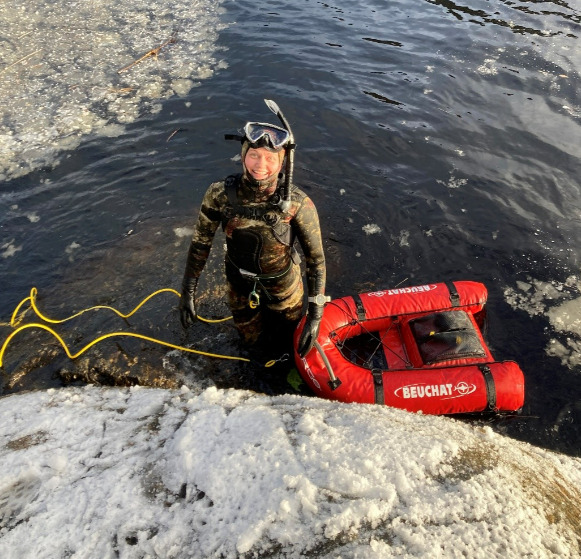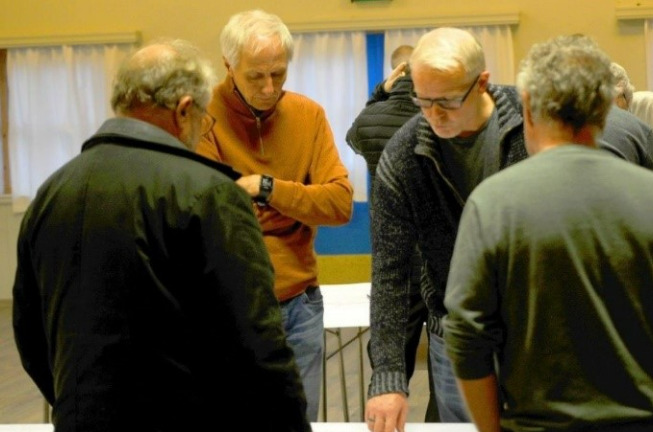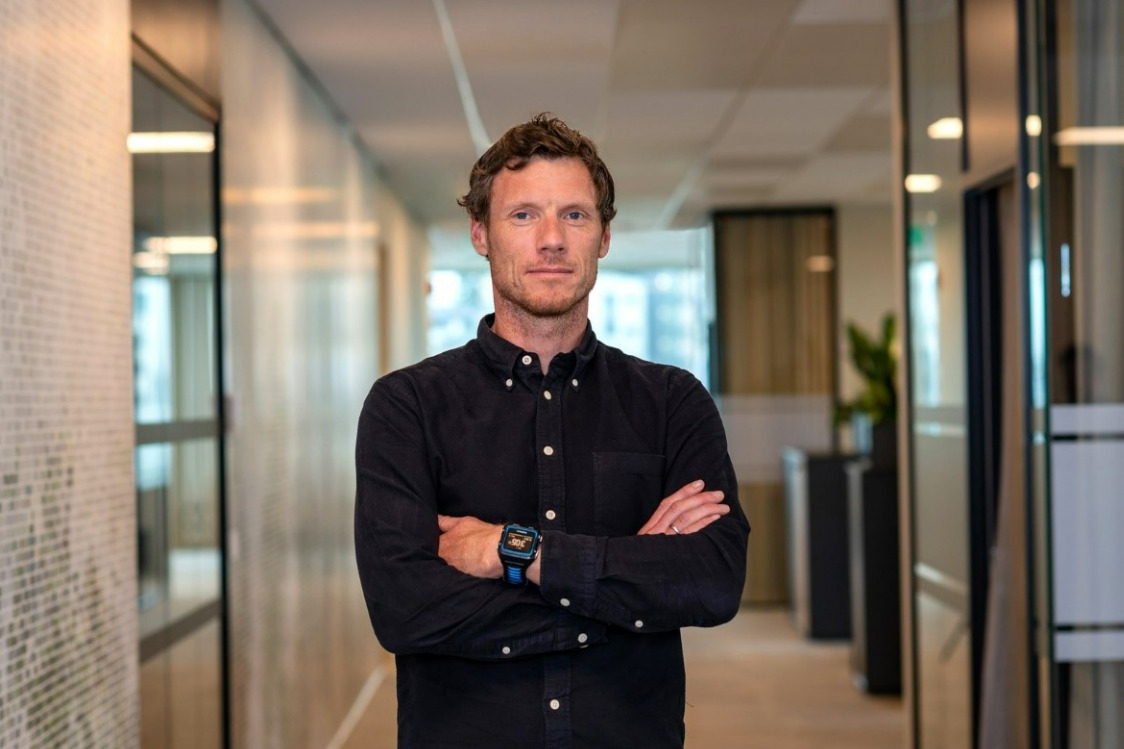New motorway in Norway gets BREEAM Infrastructure rating of Excellent
Overview
Stretching from Manndal to Lyngdal East, the new E39 motorway reduced travelling time by 13 minutes, improved traffic safety and tied together the housing and employment markets in the region. Recognised for its sustainable practices, the project was awarded a BREEAM Infrastructure (formerly known as CEEQUAL) rating of Excellent.
About
Nye Veier AS plans, builds and operates highways. It also manages and maintains traffic safety on roads across Norway.
Background
Nye Veier AS worked with Sweco Norge AS to plan a new, four-lane motorway from Mandal River through Lindesnes municipality to Herdal in Lyngdal municipality. The dimensioning speed limit was set at 110 km/h. The goal was to improve travel time and traffic safety.

Challenges
The project required detailed planning of approximately 25km of motorway, including two major intersections with crossover bridges and supply roads. It also called for the construction of major bridges crossing the ecologically important Audna and Mandal rivers, as well as three tunnels. Other requirements included wildlife crossing constructions and structures for crossing waterways.
Some of the biggest challenges were finding good solutions to fit the motorway into the landscape, avoiding nuisance to residential- and agricultural areas, plus protecting cultural heritage assets. Consequently, the road had to cross through forested and wetland areas, partly including locations of high ecological value. The project made every effort to reduce encroachment in these areas.

Solutions
Biodiversity
During the zoning plan process, comprehensive surveys of biodiversity were carried out to locate the least harmful route for the motorway, as well as identifying effective mitigating measures. In particular, aquatic surveys and mapping the movement of wildlife to reduce the barrier effect of the motorway was important. These actions resulted in close to 88% score in the Land Use and Ecology category.
Carbon emissions
A carbon budget for the zoning plan route was developed and compared to a baseline route from an earlier planning phase. During the planning process, there was a general societal shift in the awareness about emissions from land use changes, especially from bogs and wetlands. This resulted in a more detailed assessment of volumes impacted and carbon potential in the relevant wetlands. It also resulted in a separate R&D-project focused on mitigating measures when building through wetlands can’t be avoided.
An excel tool to calculate the cost for different alternatives, and the associated carbon emissions, was developed during optimisation of the project. It should be noted that these tools and carbon results were not explicitly used as a basis (parameter) when deciding on alternatives, but were used for raising awareness about carbon impact from different road pathways on a more general level.
Many carbon-reduction measures were top priority in finding the best alternative pathway. These were measures such as achieving a mass balance in general, reducing the total need for cutting and filling and minimising the need for constructions (tunnels, bridges, culverts). All of these efforts contributed to reducing the carbon footprint. In total, this resulted in a 100% score in the Reducing Whole Life Carbon emissions and Energy Use categories.
Stakeholder engagement
During the planning process, an extensive job was done to manage and keep a good stakeholder engagement during the pandemic. As a result, the project developed a new web-based solution for access to project information as well as the possibility to give geo-referenced feedback online. As far as possible, the project also paid significant attention the public interest by conducting open information meetings (both online and physical), as well as meetings with different stakeholders and organisations. These actions resulted in a 100% score in the Communities and Stakeholders category.
Pollution
With large projects like this, with more than 40 streams, rivers and lakes, it’s difficult to avoid all temporary pollution during construction. As such, during the planning process, significant work was done to avoid affecting the most valuable waterways and set requirements for mitigating measures. All potentially affected waterways (streams, rivers, and lakes) were monitored for one year during the planning process. The team also undertook significant work to avoid noise and nuisance for neighbours. These actions resulted in a 100% score in the Pollution category.

Benefits
Reflecting on the project, Karl Arne Hollingsholm, project manager at Sweco Norge, shared “The experiences from using BREEAM Infrastructure have shown us that we have the potential to have an even greater focus on sustainable solutions as part of the planning process. Although we have worked continuously with sustainable solutions in this type of planning process, BREEAM Infrastructure has helped us to increase our focus on documenting thoughts, ideas, choices and solutions. We learn from this and will take it with us in future planning processes.”
A spokesperson for the project spoke about the value that BREEAM Infrastructure brought, commenting “The use of BREEAM Infrastructure improved attention to documentation of what we do and the choices we make. In addition, the team became more aware of the importance of a more interdisciplinary cooperation during evaluation and planning. Using BREEAM Infrastructure also helped improve sustainability performance, reduce carbon emissions and improve stakeholder engagement.”


